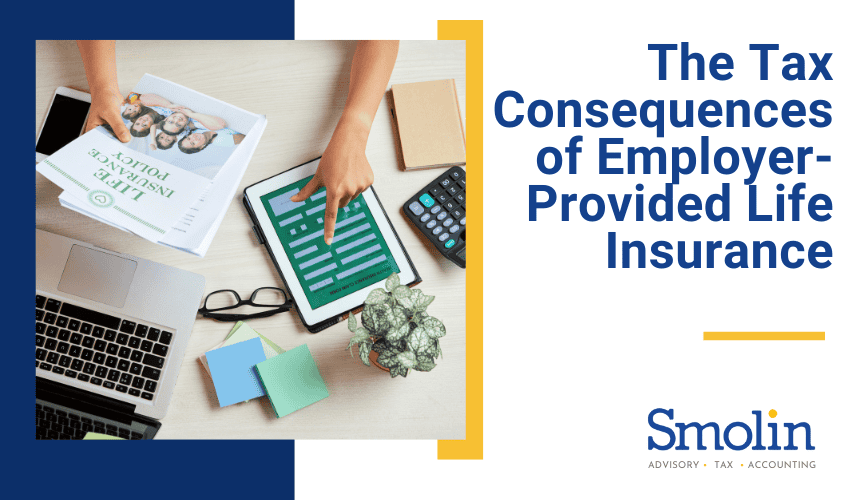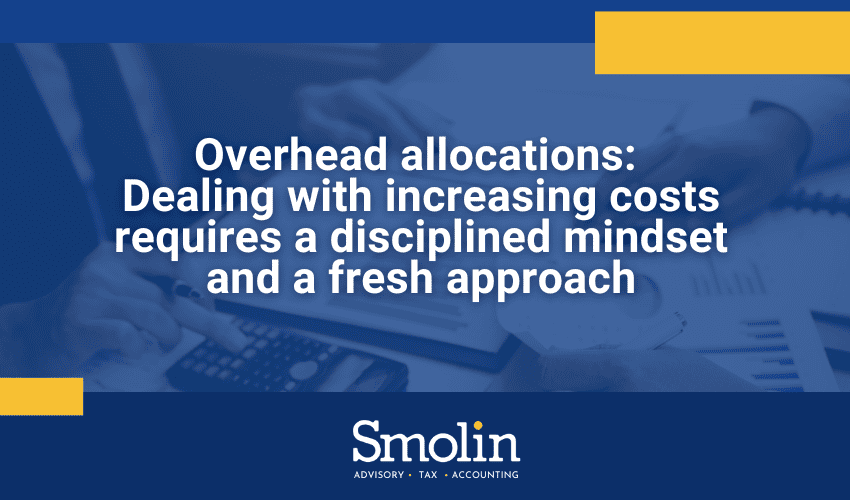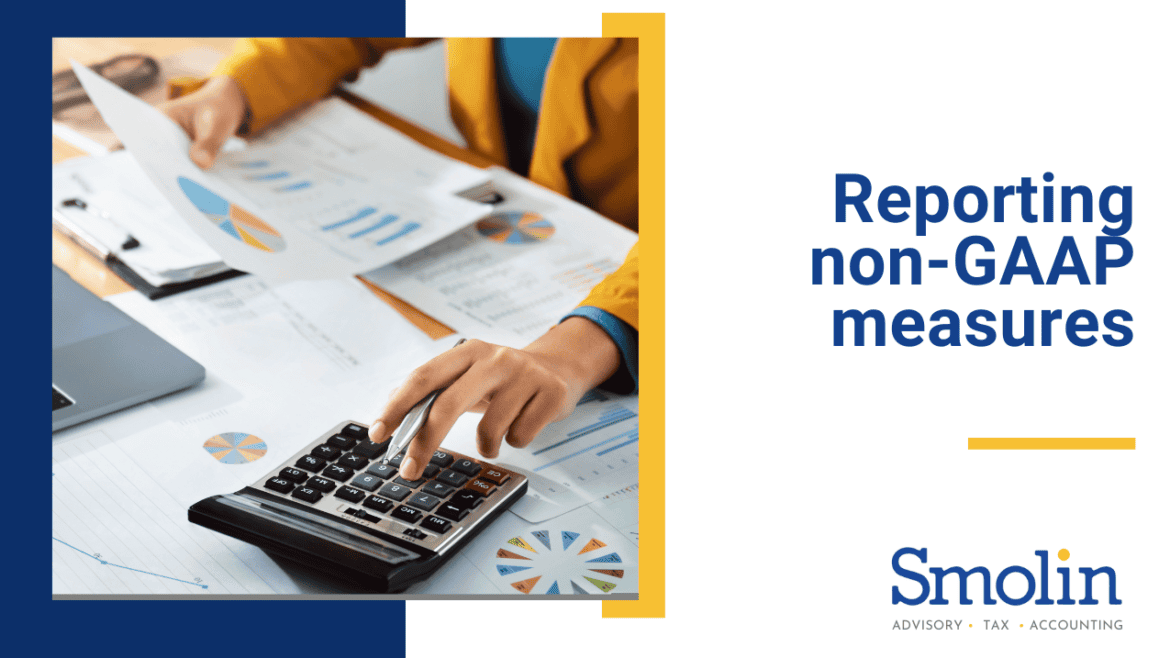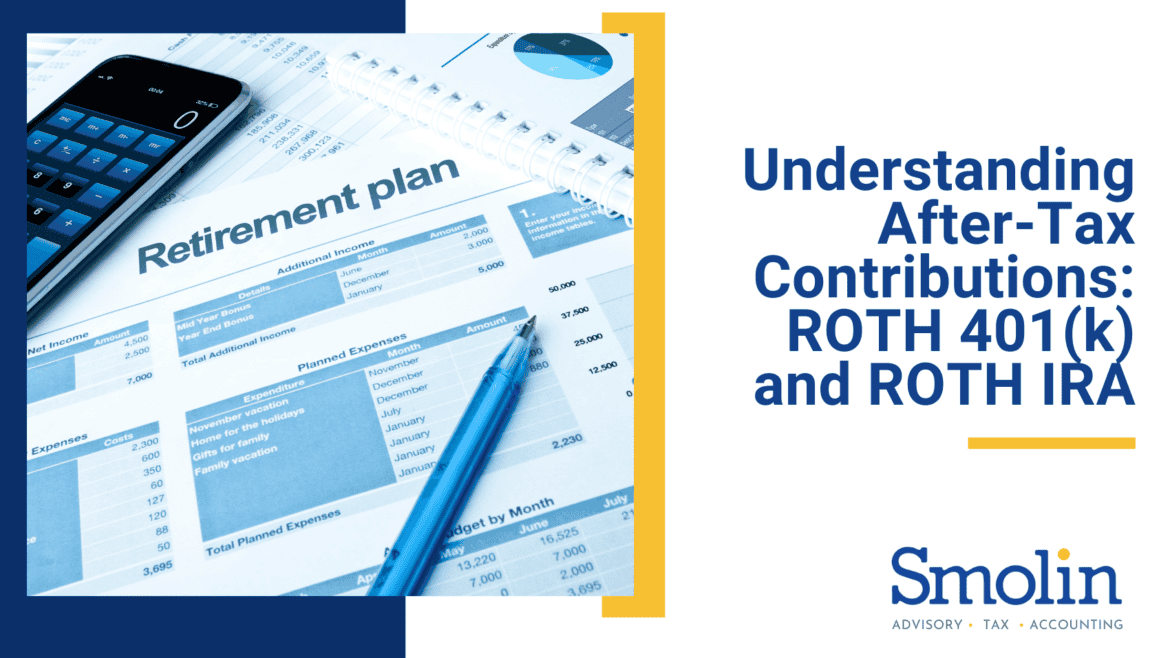Across the United States, home values have risen dramatically over the last few years. The median price of existing home sales increased 1.9% between July 2022 and July 2023, and there were even larger increases in previous years.
While the upward trend appears universal, median home prices have varied by region:
Northeast: $467,000
Midwest: $304,600
South: $366,200
West: $610,500
If you hope to take advantage of these higher home sales pricetags by putting your house on the market, educate yourself about the tax planning implications first. You could be responsible for capital gains tax and Net Investment Income Tax (NIIT).
A large chunk of your profits could be protected
If the house you plan to sell is your primary residence, some or all of the profit may be tax-free. Single filers can exclude $250,000 (or twice that for joint filers), but must meet certain requirements first:
- The seller must have owned the home for at least two of the five years leading up to the sale
- The property must have been the seller’s principal residence for two or more years out of the last five
While these time periods don’t necessarily have to overlap to be eligible for the exclusion, they may.
Worth noting is the fact that homeowners may only use this exclusion once every two years. If you’re moving around more frequently than that, you won’t be able to claim it every time.
What happens to profits above the exclusion amount?
What happens if the sale of your home generates more than $250,000 or $500,000 in profit?
Providing you’ve owned the home for a year or longer, any cash exceeding these baseline amounts will be taxed at your long-term capital gains rate.
If you’ve owned the home for at least a year, the cash amount in excess of these baselines will likely be taxed at your long-term capital gains rate. If you acquired your house more recently, the profit will be deemed a short-term gain and subject to your ordinary income rate, which could double or even triple your long-term rate.
If the house you’re selling isn’t your primary residence (i.e. it’s a vacation home), the sale may not be eligible for the capital gains exclusion. However, it’s important to ask your accountant.
If you own more than one home and rent them out, they may be considered business assets. If so, this would allow you to defer tax or any gains through an installment sale or a Section 1031 like-kind exchange. You could potentially deduct a loss, as well—something you can’t do on the sale of a principal residence.
How does the 3.8% NIIT apply to home sales?
The 3.8% Net Investment Income Tax (NIIT) generally doesn’t apply to capital gains from the sale of your main home, up to the exclusion limits of $250,000 for single filers and $500,000 for married couples filing jointly.
Still, if your modified adjusted gross income (MAGI) exceeds the amounts below, gains beyond the exclusion limit may be subject to the tax:
- Married taxpayers filing jointly: $250,000
- Surviving spouses: $250,000
- Married taxpayers filing separately: $125,000
- Unmarried taxpayers and heads of household: $200,000
The gain from the sale of a vacation home or other second residence that does not qualify for the main home exclusion is also subject to the NIIT tax.
Two additional factors to consider
1. The actual value of your home once all factors are considered
Keep thorough records to support an accurate tax basis. Include documentation of your original cost, home improvements, casualty losses, and depreciation claimed for business use.
2. Losses (generally) aren’t deductible
If you unfortunately fail to turn a profit on selling your principal resident, it generally isn’t deductible.
However, if you rent a portion of your home out or use it exclusively for business, any loss attributed to that portion of the home could be deductible.
Clearly, taxes can vary between sales. Depending on your income and the profit of your home sale, some of all of the gain could be tax-free. However, higher-income homeowners with more expensive homes might be looking at a hefty, postsale tax bill.
Have questions? Smolin can help
If you’re considering selling your house, it pays to be prepared. To learn more about the tax impacts you may be facing, contact our knowledgeable team at Smolin for personalized advice.









